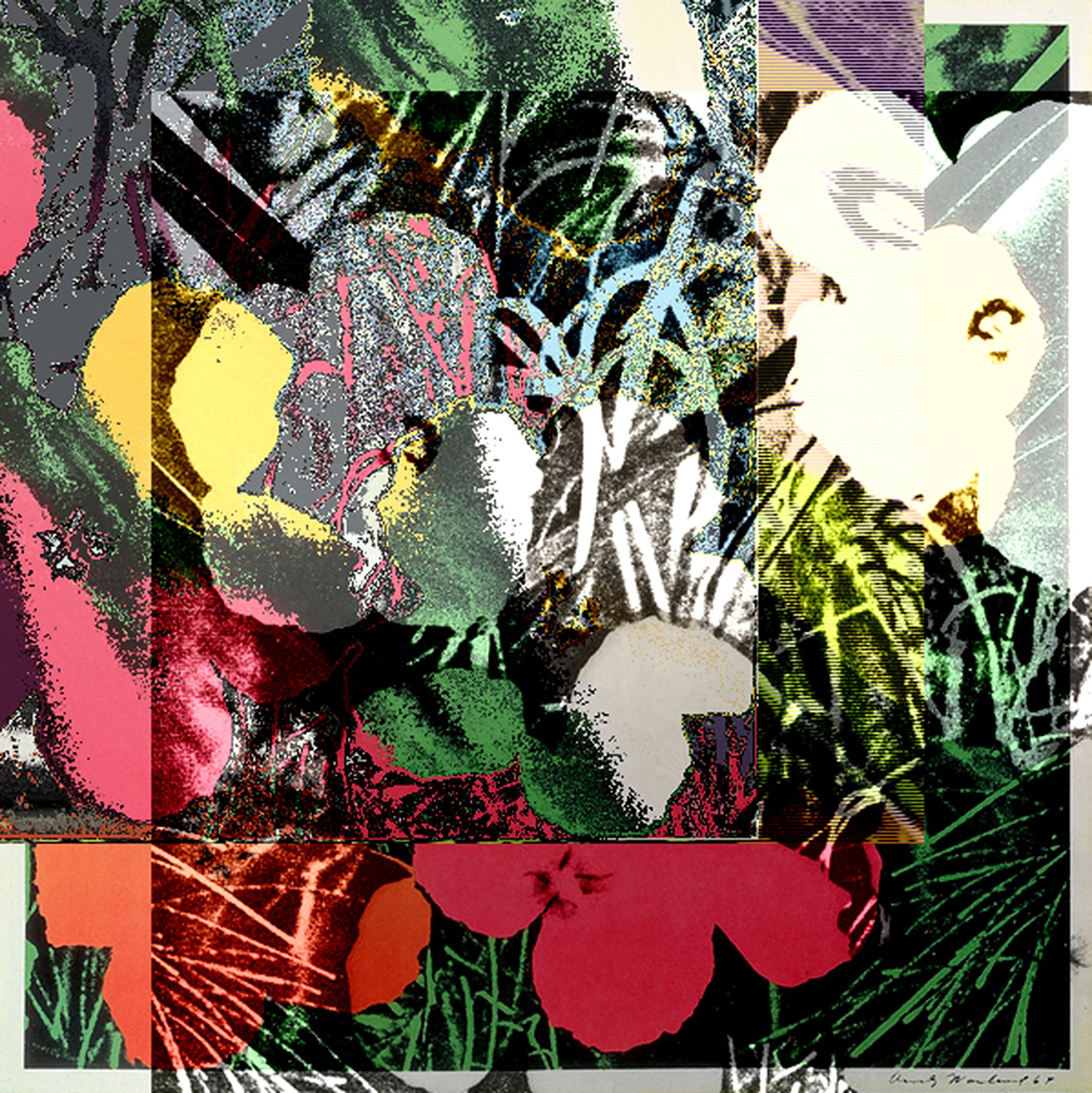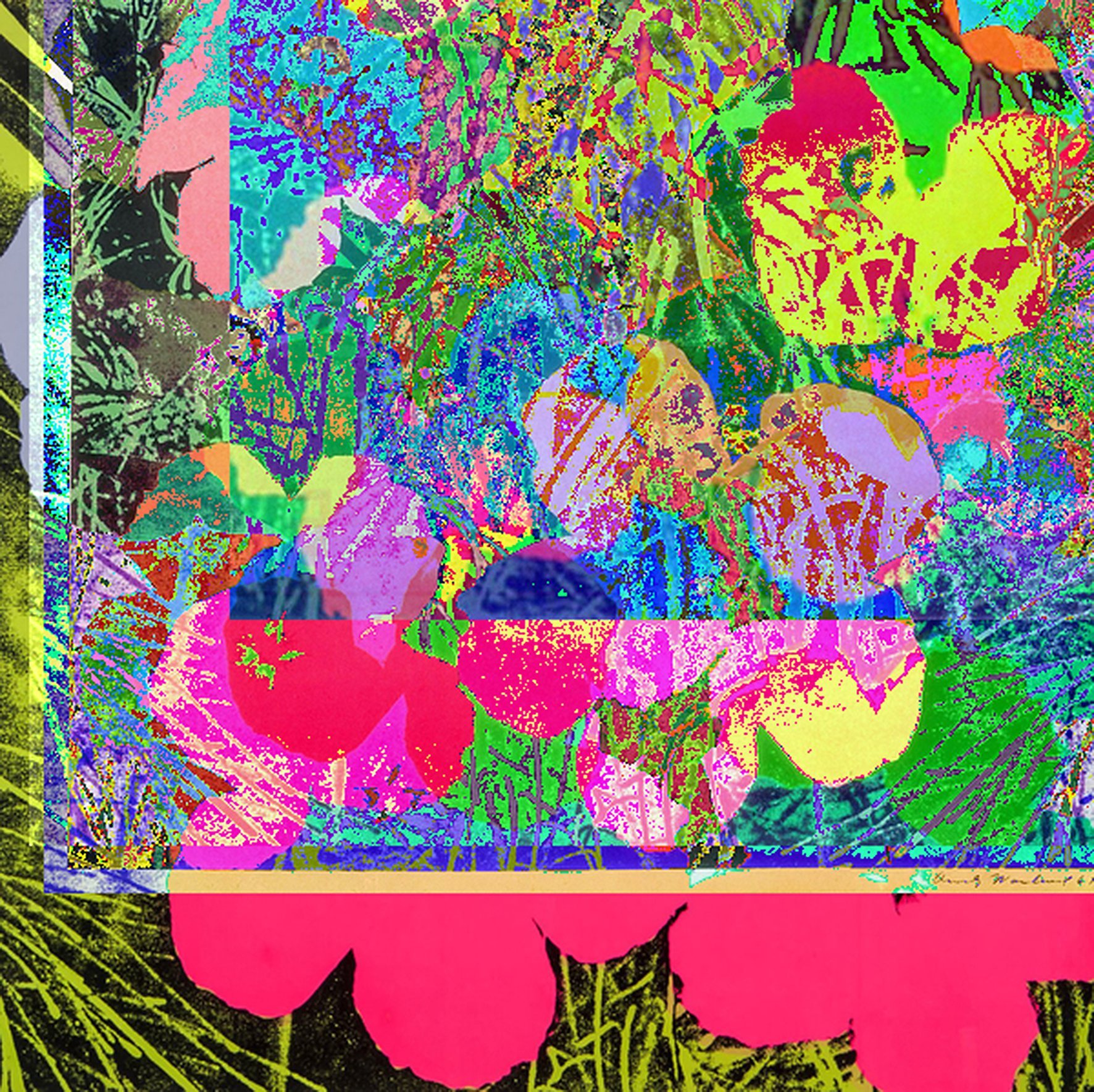HAPPY B-DAY CORNELIA SOLLFRANK!
Cornelia Sollfrank
Photo courtesy of the artist.
We dedicate our blog today, to highlight the special occasion - a birthday of a dear artist and fantastic person - Cornelia Sollfrank! Cornelia is a conceptual artist, interdisciplinary researcher and educator. She studied Fine Arts at the University of the Arts in Hamburg and the Academy of Fine Art in Munich; she worked in the media industry as product manager (Philips Media) and completed a PhD at the University of Dundee (UK) in the field of art and copyright: "Performing the Paradoxes of Intellectual Property."
As a pioneer of Internet art, Cornelia Sollfrank built up a reputation with two central projects: the net.art generator – a web-based art-producing ‘machine,’ and Female Extension – her famous hack of the first competition for Internet art.
Since the mid 90s, she has investigated the worldwide communication networks and transferred artistic strategies of the classical avant-gardes into the digital medium. Her special interest lies in experimenting with new models of authorship, in continuing various forms of artistic appropriation and in deconstructing myths around geniality and originality. In the core of this strand of works is the concept of her net.art generator (since 1998) – a computer programme, which re-combines and collages material from the Internet. This project has directly influenced her practice-led research into the field of intellectual property. Related art projects are copyright © 2004 cornelia sollfrank (2004), Legal Perspective (2004), I DON'T KNOW – A conversation between Cornelia Sollfrank and Andy Warhol (2006) exhibited by Kate Vass Galerie at CADAF Miami 2019, MuseumShop (2007) and DÉJÁVU® (2009).
Kate Vass Galerie has been proudly showcasing Sollfrank’s anonymous-warhol_flowers, unique works computer-generated with the help of the net.art generator, within the extensive Automat und Mensch exhibition on the history of AI and generative art; additionally, a unique piece from the series is currently on view at the Telephone Paintings show in Montreal.
Against the backdrop of gender-specific and institution-critical approaches, a further thematic priority of Sollfrank’s work lies in the creation of forms of organisation (collective, network, collaboration) and communication structures as artistic practices. She was founding member of the collectives frauen-und-technik (Women and Technology, 1992) and -Innen (1994) and initiated and run the world-wide cyberfeminist network Old Boys Network (1997-2001), including the co-organisation of three international conferences on Cyberfeminism (1997, 1999, and 2001).
Sollfrank also published the readers first Cyberfeminist International (1988) and next Cyberfeminist International (1999). In her project Female Extension (1997) – the hack of the first competition on net.art run by a museum – Sollfrank flooded the museum with 300 virtual, female net.artists.
“CYBERFEMINISMUS
I consider FEMALE EXTENSION as a typical example for CYBERFEMINISM. The term CYBERFEMINISM describes a group of artists, activists and theorists that started to meet the male dominance in cyberspace in an unusual fashion in the last couple of years. We use the potential of the term CYBERFEMINISM that arises from its contradictory and undefined nature. These contradictions didn't develop out of the fusion of CYBER and FEMINISM, but are already inherent in the two terms. The fusion of these two terms creates additional confusion. An important strategy of CYBERFEMINISM is the use of irony. Irony is about humor and seriousness. Only with irony can the contradictory views can be joined. All these diverse approaches are necessary and important and create a productive tension. That's why CYBERFEMINISM is not just a rhetorical strategy, but also a political method.
A new concept of politics is needed. The methods of earlier decades don't work anymore. An expanded concept of politics has to contain the possibility of both paradox and utopia. It has to be in opposition, able to argue from different perspectives at the same time, and at the same time make meaningful political action possible. A concept of politics that simulates politics, while being politically effective at the same time. With this concept of politics, once again, we approach art.” - Cornelia Sollfrank.
In 1999/2000 Sollfrank produced a series of works on the topic of Women Hackers. Since 2006, the artist re-enacts early feminist performance art in her series revisiting feminist art. With her conceptual music piece Improved Tele-vision (2001/2011) she immodestly inscribed herself in the genealogy of avant-garde artists such as Arnold Schönberg, Nam June Paik and Dieter Roth.
Recurring subjects in her artistic and academic work in and about digital cultures are artistic infrastructures, new forms of (political) self-organization, authorship and intellectual property, techno-feminist practice and theory. Her experiments with the basic principles of aesthetic modernism implied conflicts with its institutional and legal framework and led to her academic research in the field of digital commons.
Sollfrank’s work has been recently featured, among others, in the We=Link: Sideways exhibition at Chronus Art Center (CAC),November 21, 2020 – May 23, 2021in Shanghai, BLDG.18, No. 50 Moganshan RD, Curated by ZHANG Ga.
Here is the link to access the online show: http://we-link.chronusartcenter.org/
The artist keeps also lecturing, teaching and writing books. One of the latest release is the new book ‘Aesthetics of the Commons’ - available as softcover or open access PDF: https://diaphanes.net/titel/aesthetics-of-the-commons-6419.
‘What do a feminist server, an art space located in a public park in North London, a ‘pirate’ library of high cultural value yet dubious legal status, and an art school that emphasizes collectivity have in common? They all demonstrate that art can play an important role in imagining and producing a real quite different from what is currently hegemonic; that art in the post-digital has the possibility to not only conceive or proclaim ideas in theory, but also to realize them materially. The underlying social imaginaries ascribe a new role to art in society and they envision an idea of culture beyond the individual and its possessions.
Aesthetics of the Commons examines a series of artistic and cultural projects—drawn from what can loosely be called the (post)digital—that take up this challenge in different ways. What unites them, however, is that they all have a ‘double character.’ They are art in the sense that they place themselves in relation to (Western) cultural and art systems, developing discursive and aesthetic positions, but, at the same time, they are ‘operational’ in that they create recursive environments and freely available resources whose uses exceed these systems. The first aspect raises questions about the kind of aesthetics that are being embodied, the second creates a relation to the larger concept of the ‘commons.’ In Aesthetics of the Commons, the commons are understood not as a fixed set of principles that need to be adhered to in order to fit a definition, but instead as a ‘thinking tool’—in other words, the book’s interest lies in what can be made visible by applying the framework of the commons as a heuristic device.’
Text credit & copyright: Cornelia Sollfrank + Kate Vass Galerie.















anonymous-warhol_flowers@Aug_31_23.55.30_2018
Computer-generated with the help of the net.art generator (http://net.art-generator.com)
Digital Print on paper
60 x 60 cm
Unique
Exhibited at “Automat und Mensch” show, Zürich, Kate Vass Galerie, 2019